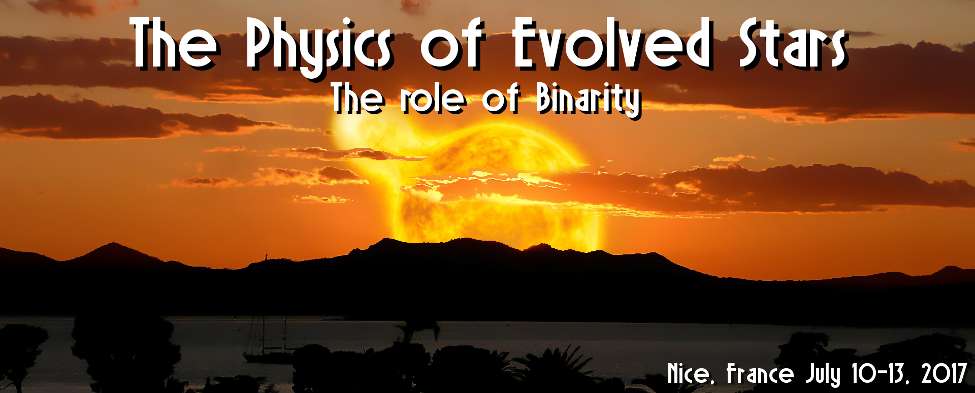Type Ia supernovae (SNIa) are luminous stellar explosions which mark the fatal disruption of white dwarfs in a binary system. They are the major producers of Iron group elements in the solar system and also give relevant contribution to the alpha-elements Silicon, Solfur, Calcium and Titanium. Within specific conditions SNIa may also produce about 30 proton-rich isotopes heavier than iron called p-nuclei. It is controversial what is the relevance of this p-process component for the abundance of these isotopes in the Galaxy and in our solar system. Its efficiency depends on the products of neutron capture processes active during the accretion phase to reach the Chandrasekhar mass. The aim of this work is to provide for the first time the results of neutron capture processes from realistic simulations of the WD-accretion phase. We show that heavy elements between Rb and Zr are efficiently produced in the external 0.2 Msun layers, where also elements up to Ba and Bi can be made close to the surface. These results can now be used as seeds for the p-process calculations in SNIa.

|
|
|
|
Evolution and nucleosynthesis of accreting White Dwarfs: building the seeds for p-process
1 : Keele University
2 : Turin observatory
3 : University of Hull
4 : University of Basel
|
| Online user: 1 | RSS Feed |

|
 PDF version
PDF version